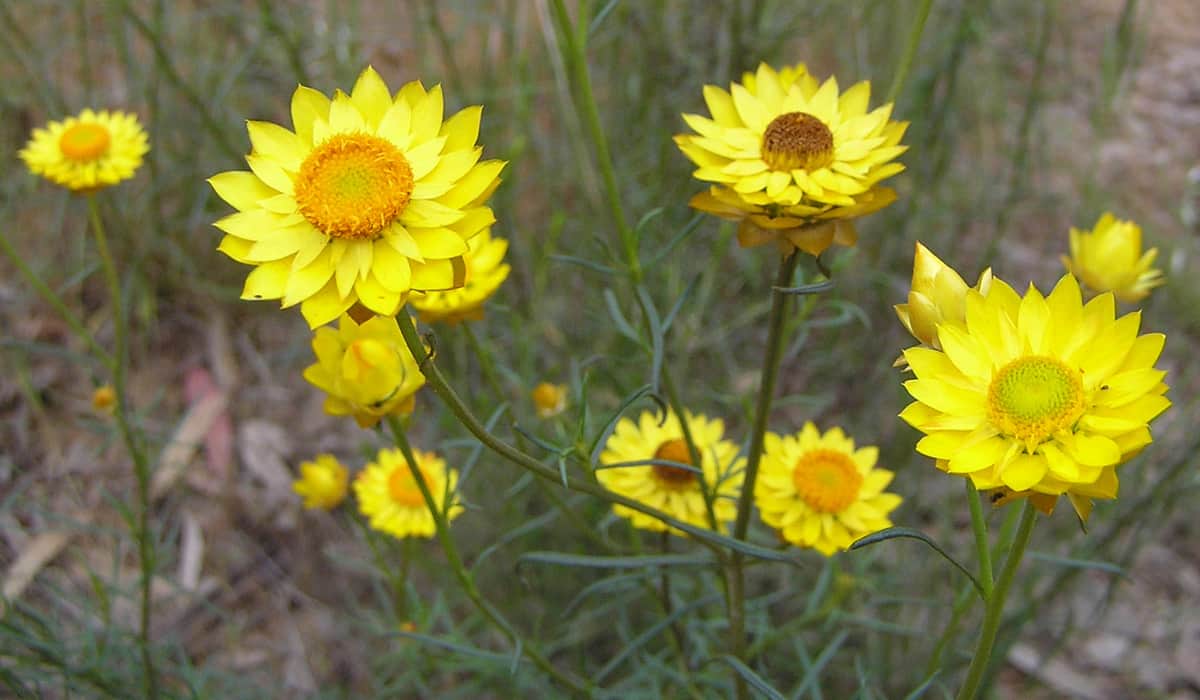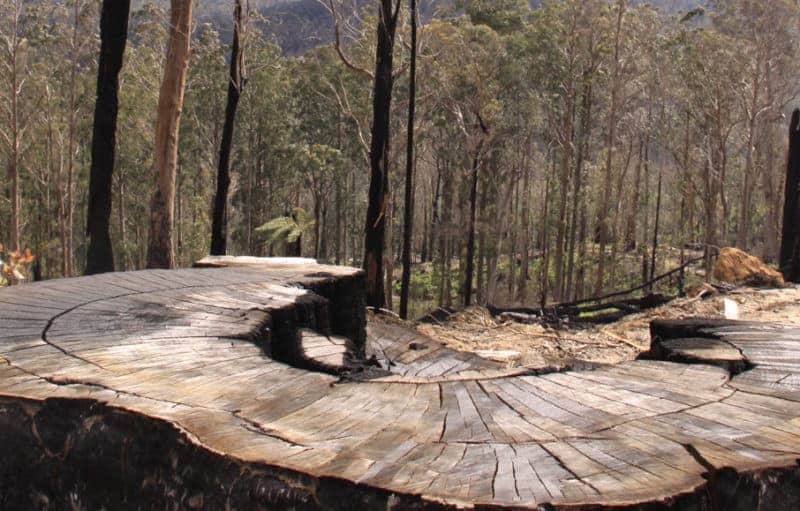MEDIA RELEASE 4 April 2017 |
A new statewide strategy to protect Victoria’s natural heritage highlights the importance of the state’s natural places.
Released today the plan is the first formal, statewide biodiversity strategy to be released in Victoria for two decades. The last plan was released in 1997 – the new plan has been long overdue.
“Tens of thousands of native plants, animals and other remarkable lifeforms live in Victoria’s remaining areas of native forest, heathlands, wetlands and grasslands,” Victorian National Parks Association executive director Matt Ruchel said today.
“These areas are also vital to the health and wellbeing of the Victorian community.
“Protecting this heritage for future generations is a job for everybody – the government, industry and the Victorian community, but the government needs to lead.”
The VNPA welcomed the release of the well-thought-through plan, Protecting Victoria’s Environment – Biodiversity 2036, and congratulated the Victorian Government for leading on these issues.
“There have been a few attempts over the past decade to come up with a formal state government strategy for nature and biodiversity, but none have been realised until now,” Mr Ruchel said.
“While some natural areas are doing well, others face threats from pest plant and animal invasions, land clearing and destructive development. Increasingly, the impacts of climate change are adding to these pressures and require new management strategies.
“Funding levels for nature conservation and protection have been at record lows, and while there has been some recent turn-around in that situation, management resources must be significantly increased over coming years, starting with this year’s budget.
“The new strategy calls for a ‘sustained period of investment’ and, importantly, guides the effective application of resources, linking knowledge and expertise to strategic actions.
“The strategy also recognises the critical importance of our national parks, indigenous protected areas and other reserves on public and private land. It calls for both the extent and condition of these protected areas to be enhanced,” Mr Ruchel said.

